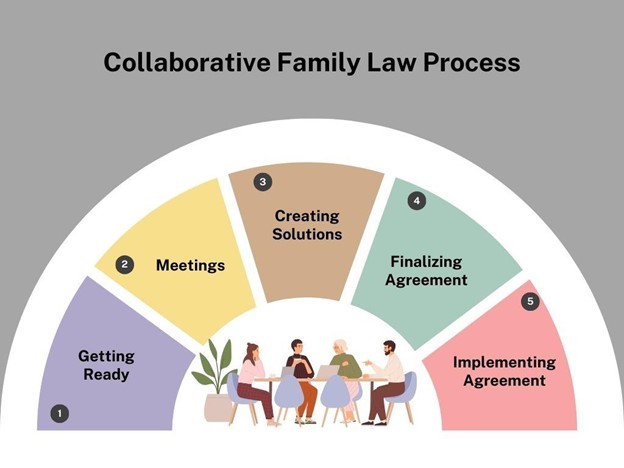Timeline of the Family Law Collaborative Process
The Collaborative Family Law process is a great alternative to traditional court-based divorce. It focuses on working together, respecting each other, and finding long-term solutions. The Collaborative Association of the Lower Mainland is a group of lawyers, financial professionals, and coaches who offer collaborative family law services to families experiencing separation and divorce. Here’s a simple overview of the key … Read More










